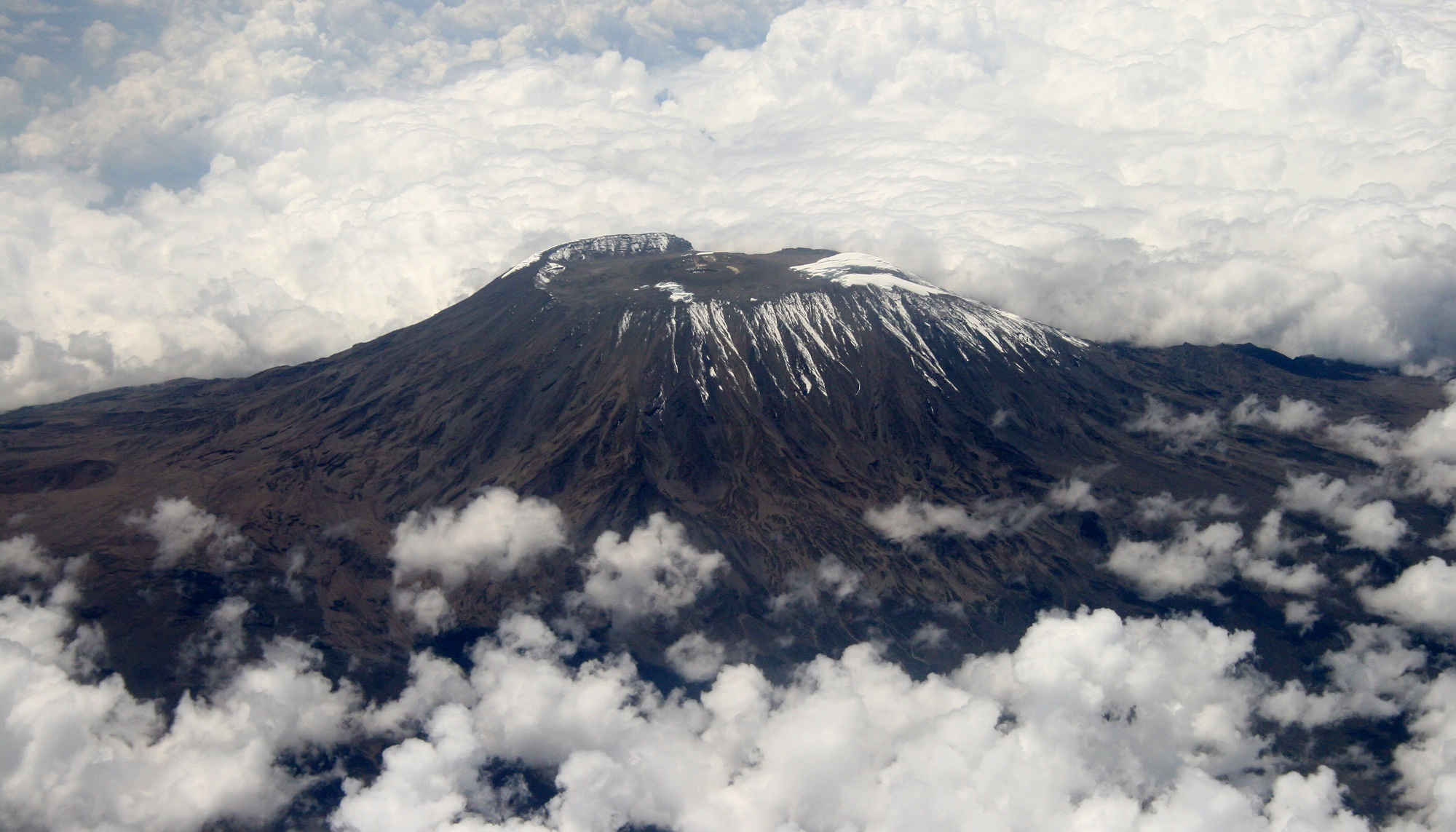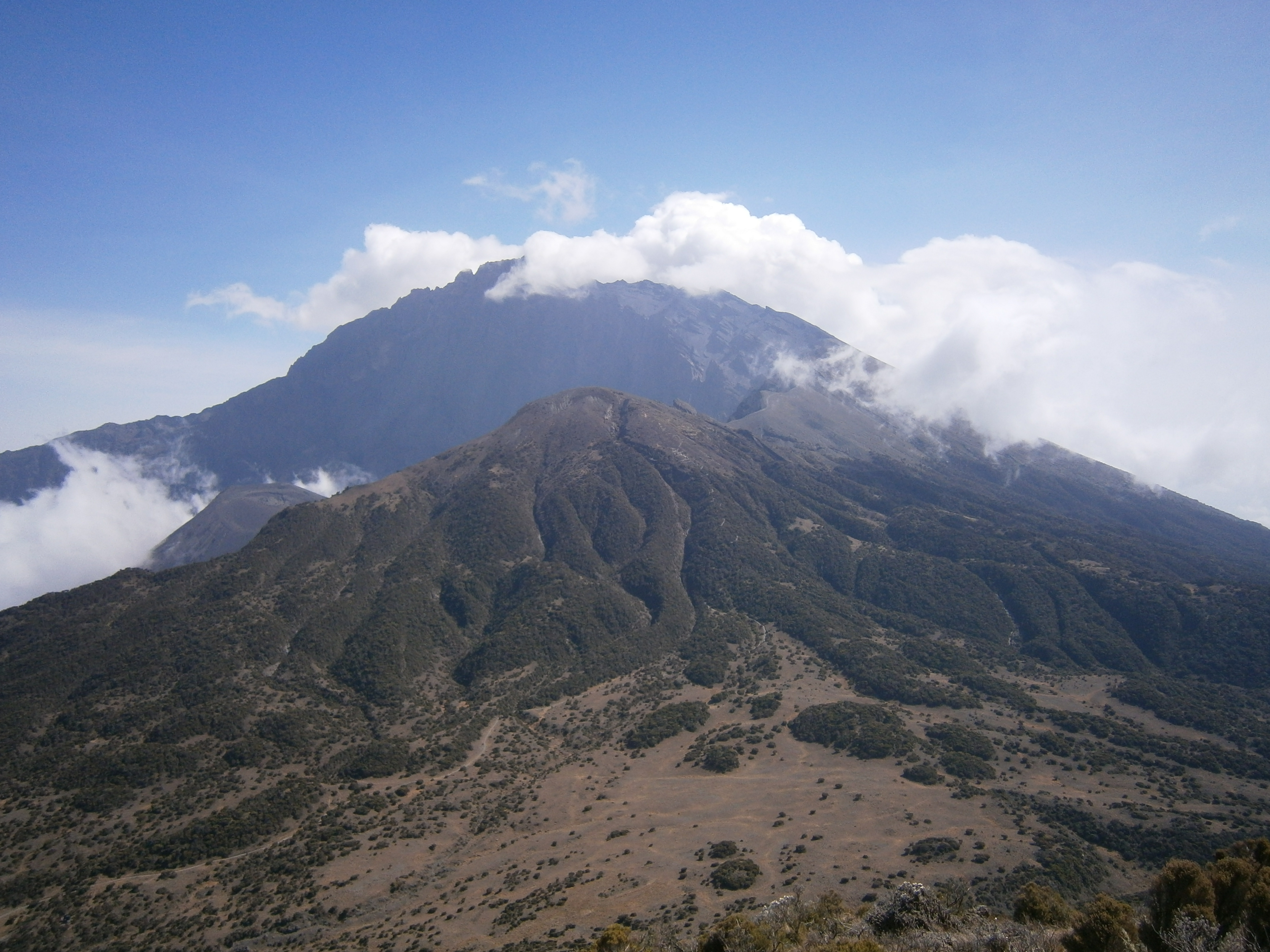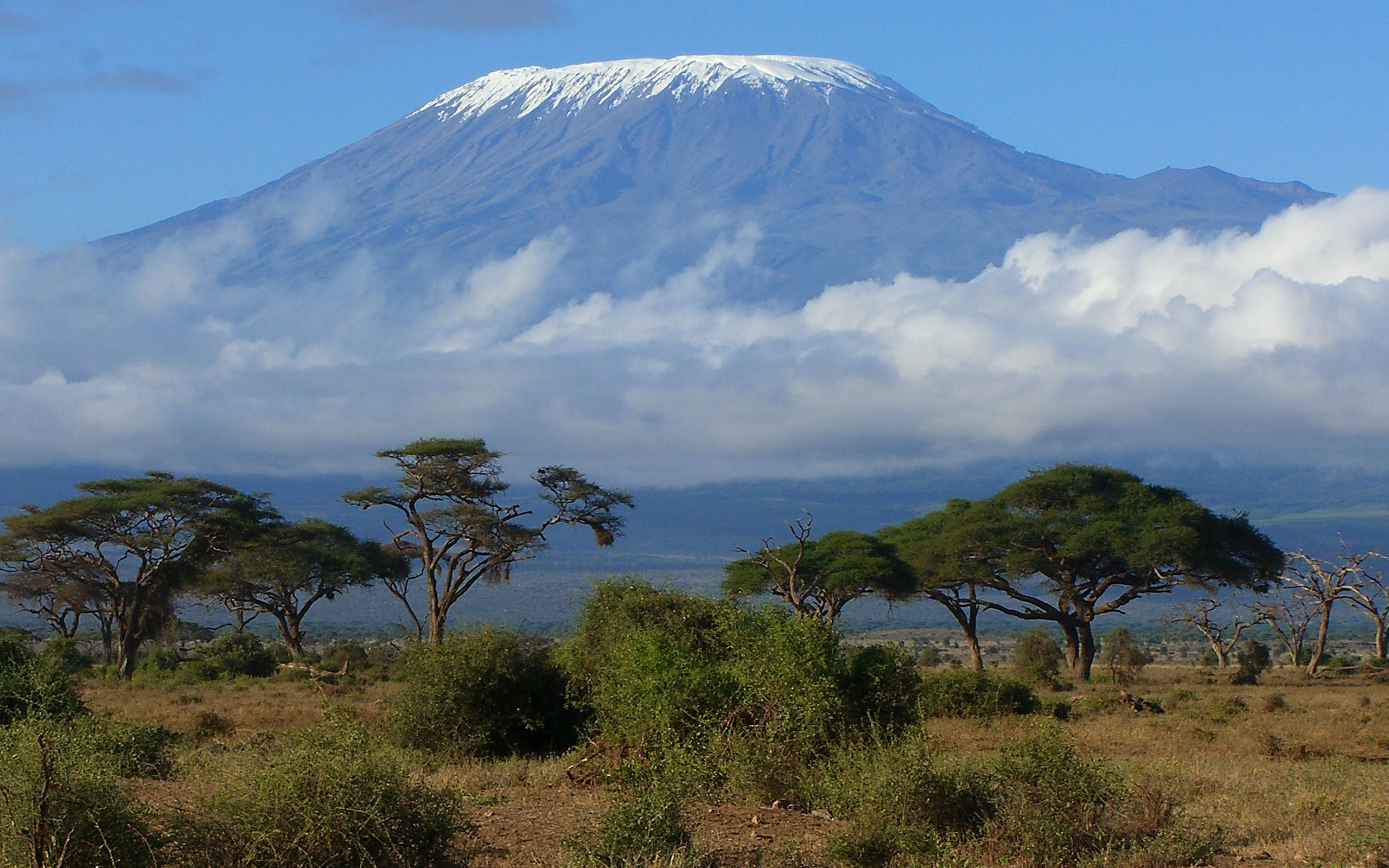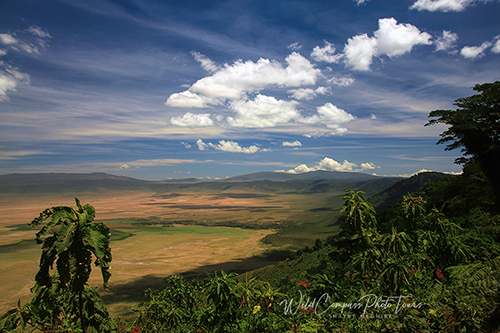

Mount Kilimanjaro National Park:
Kilimanjaro the name itself is a mystery wreathed in clouds. It might mean Mountain of Light, Mountain of Greatness or Mountain of Caravans. Or it might not. The local people, the Wachagga, don't even have a name for the whole massif, only Kipoo (now known as Kibo) for the familiar snowy peak that stands imperious, overseer of the continent, and the summit of Africa.
Kilimanjaro, by any name, is a metaphor for the compelling beauty of East Africa. When you see it, you understand why. Not only is this the highest peak on the African continent; it is also the tallest free-standing mountain in the world, rising in breathtaking isolation from the surrounding coastal scrubland – elevation around 900 meters – to an imperious 5,895 meters (19,336 feet).
Kilimanjaro is one of the world's most accessible high summits, a beacon for visitors from around the world. Most climbers reach the crater rim with little more than a walking stick, proper clothing and determination. And those who reach Uhuru Peak, the actual summit, or Gillman's Point on the lip of the crater, will have earned their climbing Diploma.
But there is so much more to Kili than her summit. The ascent of the slopes is a virtual climatic world tour, from the tropics to the Arctic. Even before you cross the national park boundary (at the 2,700m contour), the cultivated foot slopes give way to lush montane forest, inhabited by elusive elephant, leopard, buffalo, the endangered Abbot’s duiker, and other small antelope and primates. Higher still lays the moorland zone, where a cover of giant heather is studded with otherworldly giant lobelias.
Above 4,000m, a surreal alpine desert supports little life other than a few hardy mosses and lichen. Then, finally, the last vestigial vegetation gives way to a winter wonderland of ice and snow – and the magnificent beauty of the roof of the continent.


NOTE:
Climb slowly to increase your acclimatization time and maximize your chances of reaching the summit. To avoid altitude sickness, allow a minimum of five nights, preferably even more for the climb. Take your time and enjoy the beauty.
The best time to climb Kilimanjaro or Meru is June to early November during the dry season, when the sky is usually clear from clouds. Avoid rain season which starts March and ends in June, because the slopes are more slippery. However, the climbing can also be arranged any time of the year as per your schedule and plans.
At 19330ft(5.895m), Uhuru Peak, the summit of Kilimanjaro, marks the highest point in Africa.
This is one of the most climbed of the world’s big mountains, and an iconic feature of the East African landscape.
Kilimanjaro is a freestanding volcanic cone, meaning that it does not belong to a mountain range, but rises majestically from the great Maasai Steppe with her sister peak, Mount Meru, a short distance away, and rising to 14980ft. Kilimanjaro is the highest volcanic feature of its type in the world.
Kilimanjaro is an attractive climb prospect for many who have never attempted a big mountain, and is generally served by a comprehensive fraternity of climb outfitters and specialist guides. There are many who say that Kilimanjaro is an easy mountain to climb, and although it is true that there are no technical aspects to summiting this great mountain, those who have done, even seasoned mountaineers, will admit that it is no walk in the park.
There are a variety of approaches to the summit of Kilimanjaro, with the easiest usually regarded as being Marangu Route(Coca Cola Route) and the most challenging being the Machame Route(Whisky Route) -Western Breach through Arrow Glacier. In between there is Lemosho Route, Shira Route, Umbwe Route, Maua Route and Rongai Route, each of which offers unique perspective of Kilimanjaro, and each a superb trekking experience in some of the world’s most beautiful and best preserved tropical highland habitat.
Marvel African Expeditions & Safaris offers several Kilimanjaro Route Options, with longer or shorter versions depending on your preferences and interests as per Kili Routes below; Machame, Umbwe, Lemosho, Shira, Rongai, Marangu and Northern Circuit routes.


















